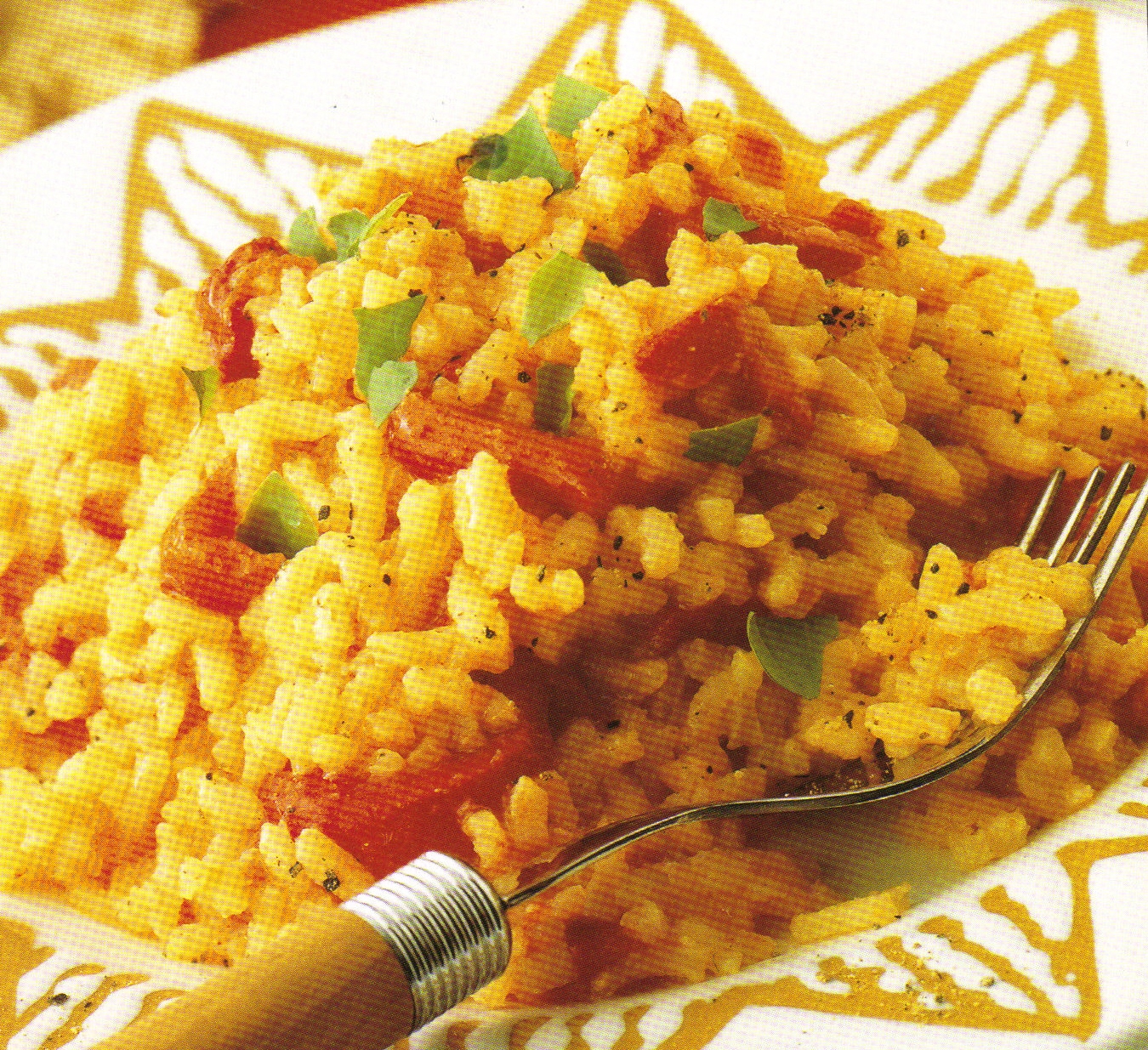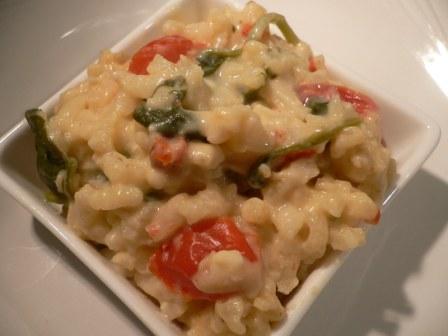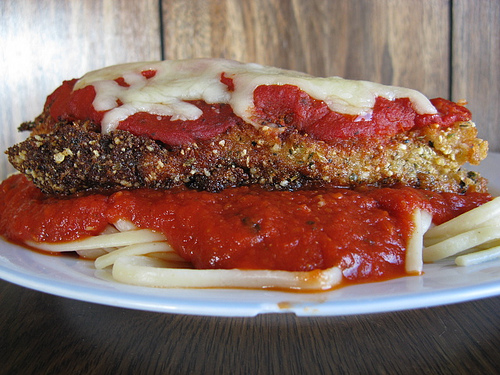Ingredients-
400gm Linguine pasta
500gm fresh clams
60ml olive oil
1 dried chili
1 clove of garlic
60ml white wine
Salt for seasoning

Ingredients-
Preparation
Clean the clove and put fresh water in the bowl of clove and add salt (according to taste)Leave for 4-5 hours
After that give then good rise under running water Put clove in pan and put pan on stove Let it be on stove for 5-6 min, until they cook well Put little bit olive oil in it after that shake it well, and let it cook properly When the cloves is ready it will release liquid Filter the liquid in another bowl and cut the clove in small pieces Chop garlic and chili and put them together in the pan when oil get heated properly Add chopped clove after 2-3 min Add pieces of clove also in it , stir it well Add filter water of clove in it Cook it for five minutes
Hot Linguine clams is ready
Serve hot linguine with chilled white wine
Serve to 4-5 people
Preparation time- 10-15 min
![Reblog this post [with Zemanta]](http://img.zemanta.com/reblog_e.png?x-id=5d6673ef-9752-46b1-8855-87af4efc94cd)
400gm Linguine pasta
500gm fresh clams
60ml olive oil
1 dried chili
1 clove of garlic
60ml white wine
Salt for seasoning

Ingredients-
Preparation
Clean the clove and put fresh water in the bowl of clove and add salt (according to taste)Leave for 4-5 hours
After that give then good rise under running water Put clove in pan and put pan on stove Let it be on stove for 5-6 min, until they cook well Put little bit olive oil in it after that shake it well, and let it cook properly When the cloves is ready it will release liquid Filter the liquid in another bowl and cut the clove in small pieces Chop garlic and chili and put them together in the pan when oil get heated properly Add chopped clove after 2-3 min Add pieces of clove also in it , stir it well Add filter water of clove in it Cook it for five minutes
Hot Linguine clams is ready
Serve hot linguine with chilled white wine
Serve to 4-5 people
Preparation time- 10-15 min
![Reblog this post [with Zemanta]](http://img.zemanta.com/reblog_e.png?x-id=5d6673ef-9752-46b1-8855-87af4efc94cd)


![Reblog this post [with Zemanta]](http://img.zemanta.com/reblog_e.png?x-id=75ffa0bf-5852-43fc-a746-de01d9f6962b)

![Reblog this post [with Zemanta]](http://img.zemanta.com/reblog_e.png?x-id=dd2b247a-c568-4e39-98e3-f01765c50897)

![Reblog this post [with Zemanta]](http://img.zemanta.com/reblog_e.png?x-id=9e2aff70-cebe-401f-b949-2f40dfed5735)
